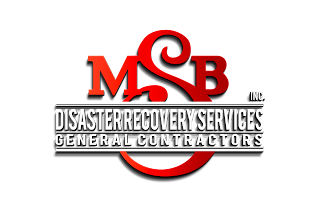DO'S AND DON'TS AT HOME WITH THE RISK OF MUDSLIDES
If you are living in California, you may be at risk of experiencing unwanted disasters such as fire damage, water damage or even smoke damage. This is due to the fact that the state is prone to wildfires which have caused severe damage in forests thereby wiping out grasslands and more importantly the trees. Trees help in absorbing rainwater and help prevent mudslides in nearby communities. With that said, the risk of mudslides is high in these areas and one must be fully aware of how to deal with them to prevent disaster recovery. Here are some of the important Do’s and Don’ts:
Do get advice. If you are still looking for a location for your home, do get advice from a qualified geologist to determine whether the location you are interested in could have a risk of mudslides or other hazardous disasters. Potentially unstable areas specifically within the vicinity should be taken into consideration prior to building your home.
Do leave a safe space. You must build your home at a considerable distance from the top or bottom of the slopes. If there are areas that have too small space to allow safe setbacks, avoid building on them as much as possible.
Do keep plants. Planting vegetation around your home or on the slopes would help absorb water from rain or other sources. Trees are one of the strongest absorbers of water so make sure to plant them around your house. They make a good shade too.
Don’t change the natural drainage. If you have a need for modifications in your house, you must avoid any modification that will disrupt the natural drainage. You may consult a qualified geologist when needed.
Don’t dump on a slope. Whenever you need to dump any debris or landfill material during your construction activities, always make sure not to dump these materials on a steep slope. They may accumulate over time and could create large slides in the long run.
Don’t put drain fields on a bluff. Septic systems and drain fields are essential to any home thus making them important. However, it would be wise to place them away from the edge of a bluff. This is because there will be a chance of creating a slope failure due to excess water.
Mudslides are disasters that could be extremely fatal and most of the time go out without any warnings. It would be best to prevent making modifications to your home that could induce them. To know more about disaster recovery and prevention, please head on to www.msbdrs.com.







